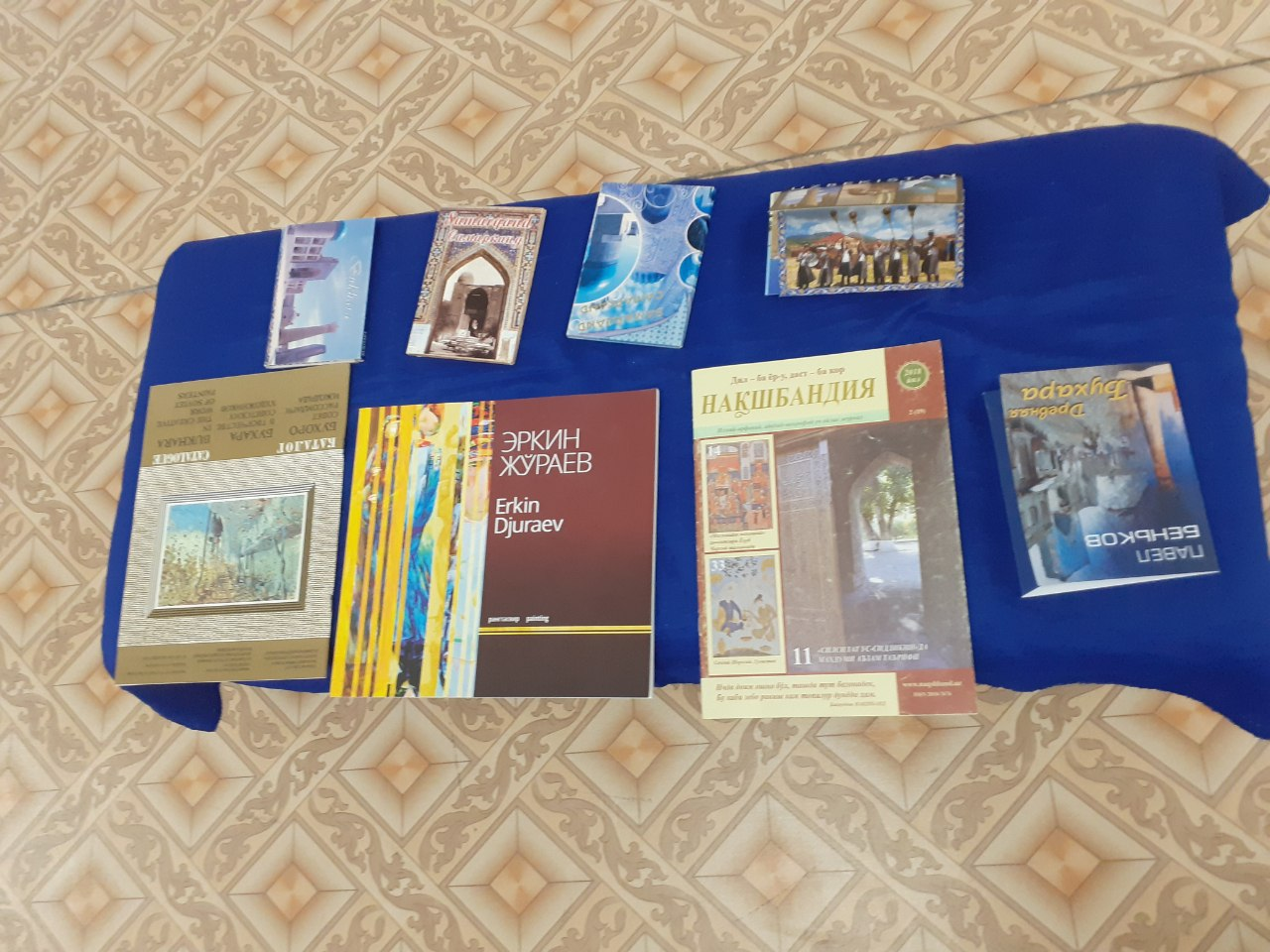GOOD MORNING MY DEARS!
TODAY CLOUDY DAY.☁
I AM GLAD TO SEE YOU AGAIN.
RIGHT NOW WE ARE ART MUSEUM IN BUKHARA😍
LETS GOOOO
The history of the building.
The building was constructed in 1912 by the local masters Hoji Abdurahim Hayatov and Abdugafur Karaulbegi under the guidance of the Russian engineers Margulis and Sakovich. The first floor of the building housed Savva Morozov's shop. On the second floor there was the branch of the Azov-Donskoy bank. From 1920 up to 1982, this building had placed the department of the State Bank (Gosbank) and other organizations.
The history of the fine arts museum.
Since 1982, the building has been a place for remarkable fine arts collection.
The museum consists of the following exhibitions:
The "Painting and Graphics" exhibition was established on the basis of painting, graphics, and sculpture collections. The exhibition is represented by the works of the Russian artists P. Benkov, Kurzin, and Vilkovir, who visited Central Asia in the late 19th and early 20th centuries. It also displays the miniature paintings by Ahmad Donish, the famous Bukharan educator, artist, philosopher, writer and calligrapher, who lived in the second half of the 19th century. One could, too, discover the works by Sadriddin Pochchayev, the well-known miniature-painter and honored artist of Uzbekistan.
The exhibition possesses a number of pictures and sculpture samples by the contemporary Bukharan artists such as B. Salomov, A. Barnoyev, M. Abdullayev, N. Babayev, Z. Saidjanov, B. Gulov, K. Norkhurozov, and others, who by developing traditions of their predecessors represent a peculiar school of national painting and sculpture. While observing their works one could tell that Bukhara and its ancient history and unique culture serve as the main source of inspiration to create their works.
The "Ancient Jewelry Art of Bukhara" exhibition is represented by old masters' unique jewelry artifacts: the golden plate with the goddess image, golden earrings (1st c. B.C.-2nd c. A.D.), silver armlets (19th - 20th cc.), jewelry decorations, and crockery items made of silver and gild and inlayed with the precious stones (18th - 20th cc.).
The fine arts museum has the center for studying Arabic- written oriental manuscripts. The center was founded in 1990 to study and systematize the written legacy of Central Asia. The museum's reserves possess 3,454 rare manuscripts and documents (the 16th -20th cc.) written in Arabic, Persian-Tajik, and Chaghatay. The literary texts include various documents of judicial, legal, financial, and household character, covering five-century history of Central Asia.






Комментарии
Отправить комментарий